
Some people have asked me to comment on the Scientific American article What if We Never Find Dark Matter? by Slatyer & Tait. For the most part, I find it unobjectionable – from a certain point of view.

Some people have asked me to comment on the Scientific American article What if We Never Find Dark Matter? by Slatyer & Tait. For the most part, I find it unobjectionable – from a certain point of view.

I want to take another step back in perspective from the last post to say a few words about what the radial acceleration relation (RAR) means and what it doesn’t mean. Here it is again: This information was not available when the dark matter paradigm was developed. We observed excess motion, like flat rotation curves, and inferred the existence of extra mass. That was perfectly reasonable given the information available at the time.
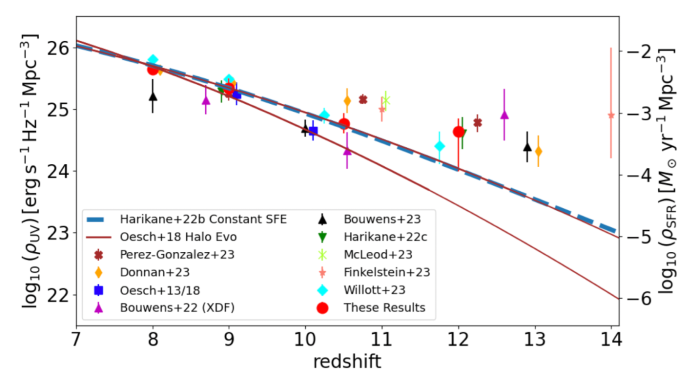
I just got back from a visit to the Carnegie Institution of Washington where I gave a talk and saw some old friends. I was a postdoc at the Department of Terrestrial Magnetism (DTM) in the ’90s. DTM is so-named because in their early days they literally traveled the world mapping the magnetic field. When I was there, DTM + had a small extragalactic astronomy group including Vera Rubin*, Francois Schweizer, and John Graham.
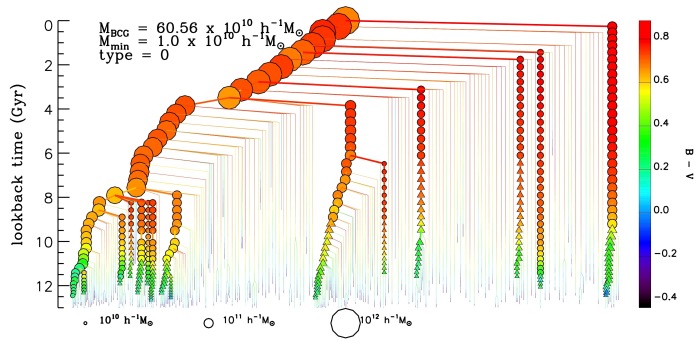
The results from the high redshift universe keep pouring in from JWST. It is a full time job, and then some, just to keep track. One intriguing aspect is the luminosity density of the universe at z > 10. I had not thought this to be problematic for LCDM, as it only depends on the overall number density of stars, not whether they’re in big or small galaxies. I checked this a couple of years ago, and it was fine.
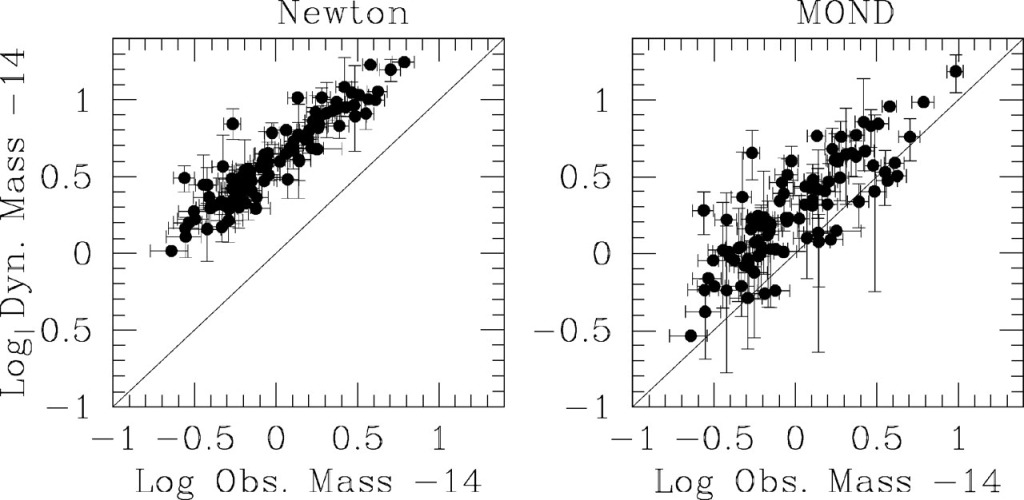
A common refrain I hear is that MOND works well in galaxies, but not in clusters of galaxies. The oft-unspoken but absolutely intended implication is that we can therefore dismiss MOND and never speak of it again. That’s silly. Even if MOND is wrong, that it works as well as it does is surely telling us something.
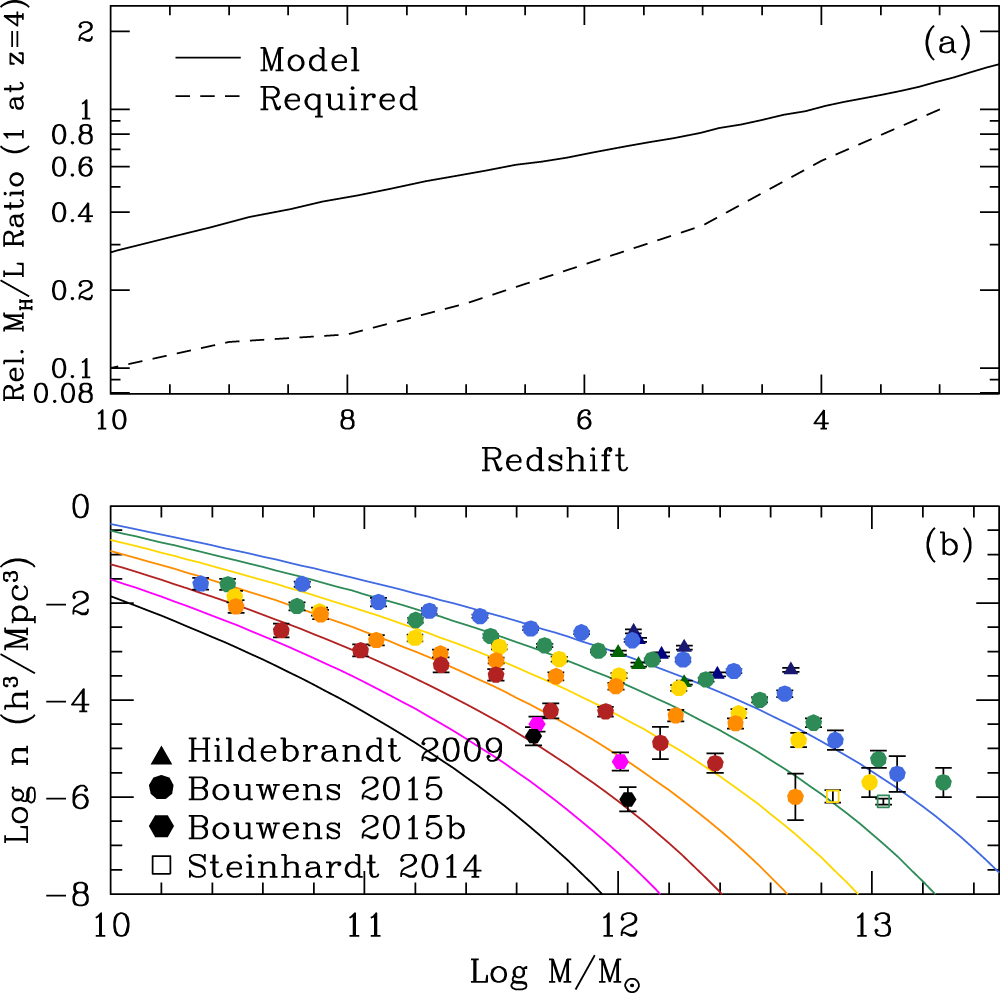
As predicted, JWST has been seeing big galaxies at high redshift. There are now many papers on the subject, ranging in tone from “this is a huge problem for LCDM” to “this is not a problem for LCDM at all” – a dichotomy that persists. So – which is it? It will take some time to sort out. There are several important aspects to the problem, one of which is agreeing on what LCDM actually predicts.

To start the new year, I provide a link to a discussion I had with Simon White on Phil Halper’s YouTube channel: In this post I’ll say little that we don’t talk about, but will add some background and mildly amusing anecdotes. I’ll also try addressing the one point of factual disagreement. For the most part, Simon & I entirely agree about the relevant facts; what we’re discussing is the interpretation of those facts.
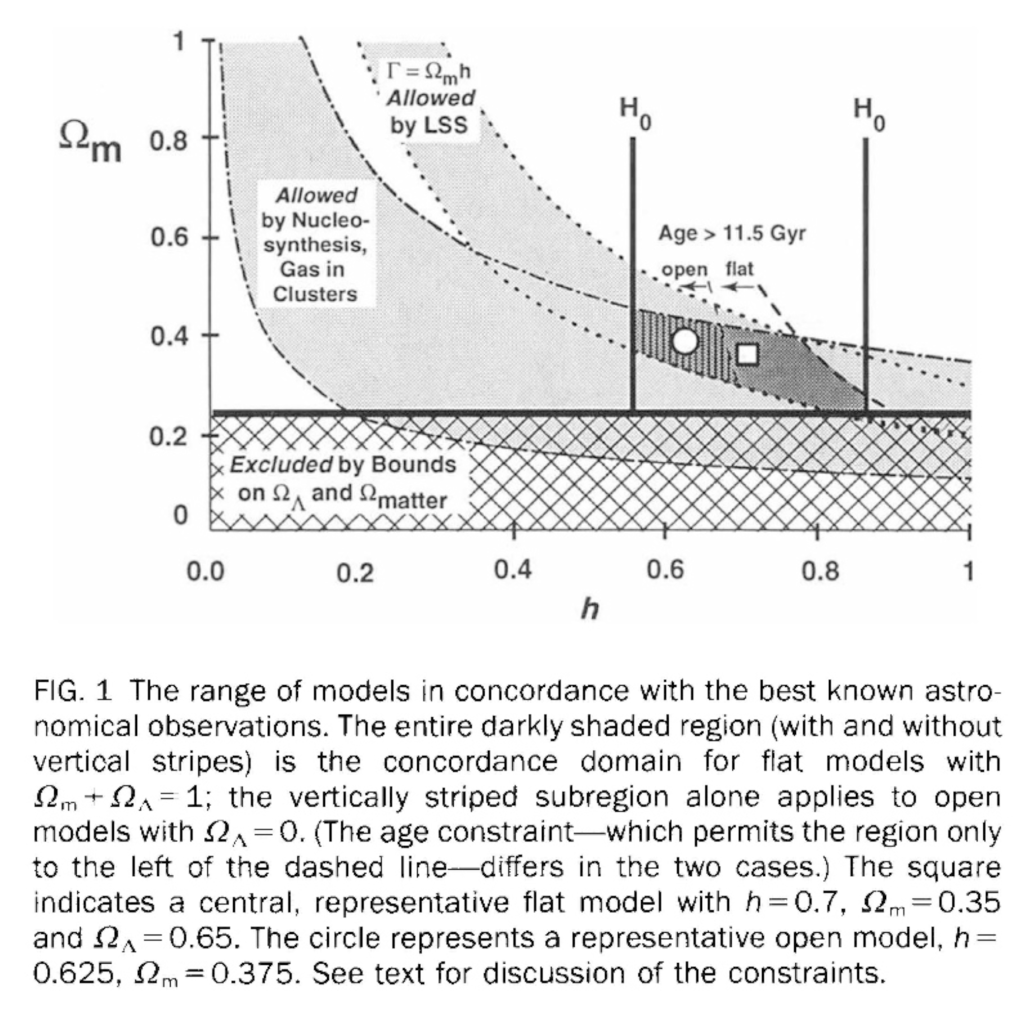
Screw the Earth and its smoking habit. The end of 2023 approaches, so let’s talk about the whole universe, which is its own special kind of mess. As I’ve related before, our current cosmology, LCDM, was established over the course of the 1990s through a steady drip, drip, drip of results in observational cosmology – what Peebles calls the classic cosmological tests. There were many contributory results;

Continuing from last time, let’s compare recent rotation curve determinations from Gaia DR3: These are different analyses of the same dataset. The Gaia data release is immense, with billions of stars. There are gazillions of ways to parse these data. So it is reasonable to have multiple realizations, and we shouldn’t expect them to necessarily agree perfectly: do we look exclusively at K giants? A stars?

Recent results from the third data release (DR3) from Gaia has led to a flurry of papers. Some are good, some are great, some are neither of those. It is apparent from the comments last time that while I’ve kept my pledge to never dumb it down, I have perhaps been assuming more background knowledge on the part of readers than is adequate.